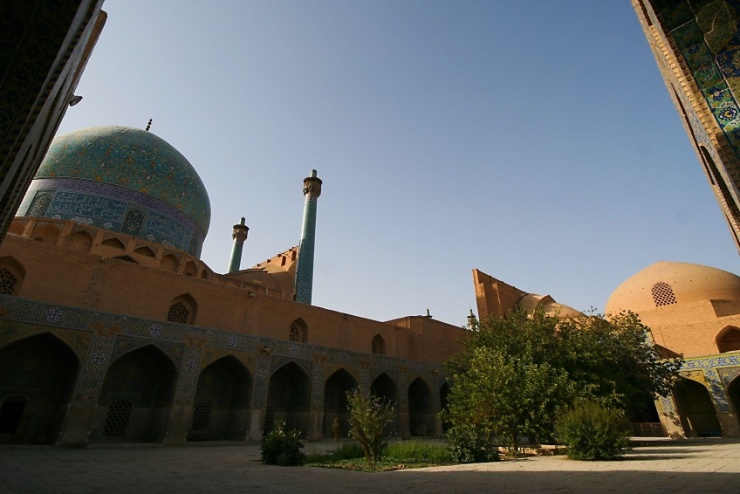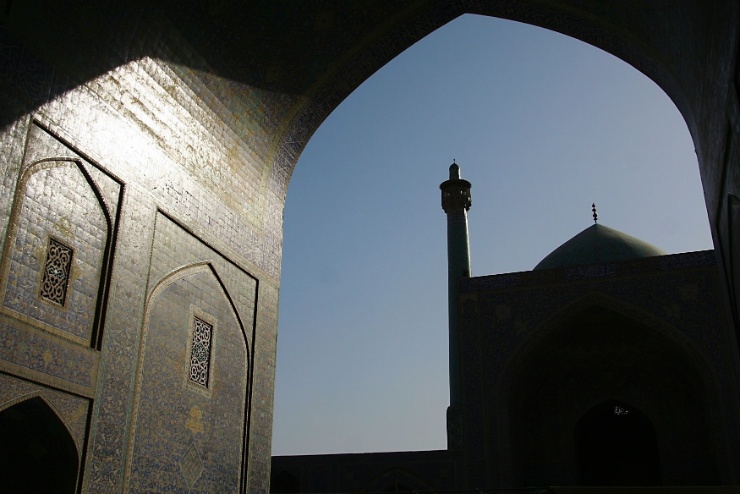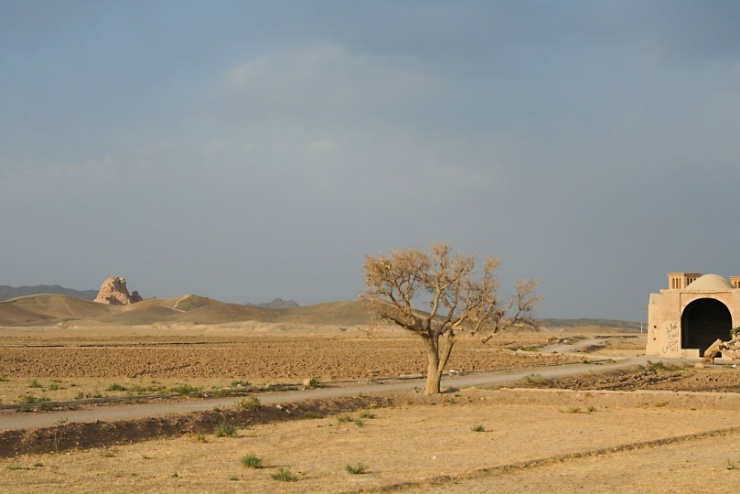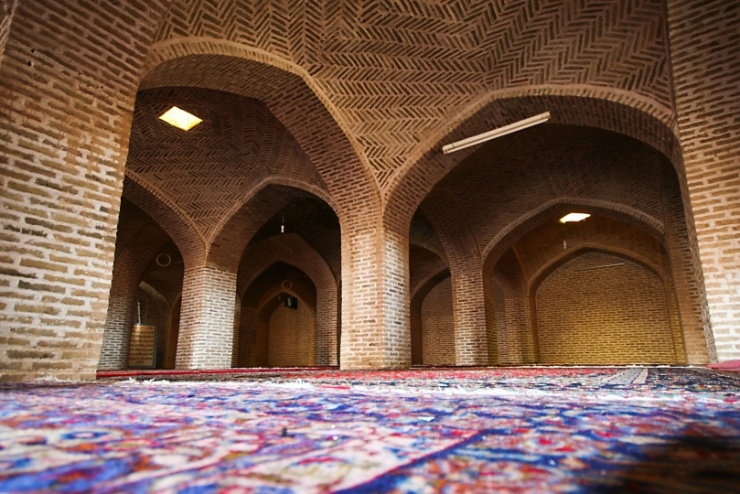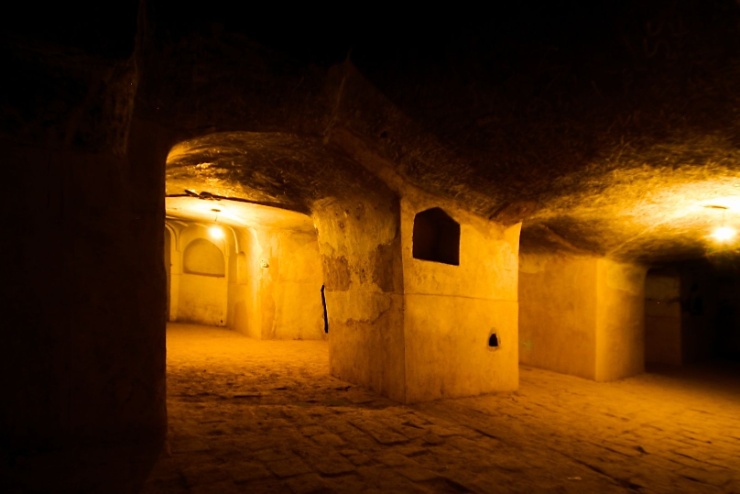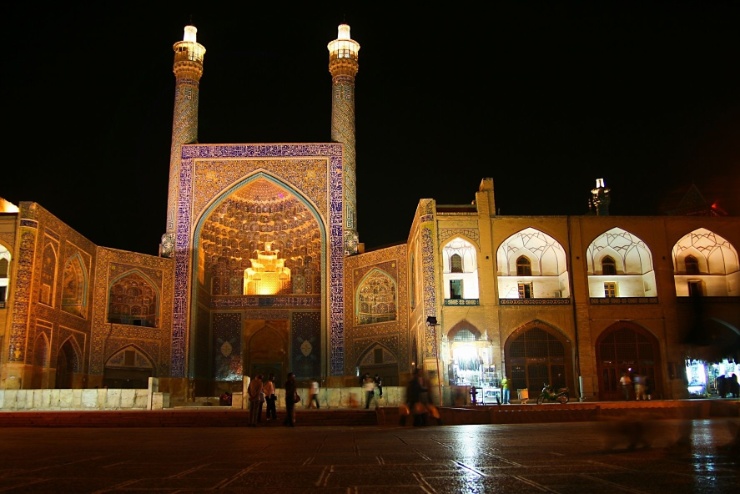
Naqsh-e Jahan Square, Isfahan. This historical square which was once a Persian Garden called Naqsh-e-Jahan has survived many dynasties, from the Timurids and Aq Qoyunlus to Seljuks, Safavids, Qajars and Pahlavis.
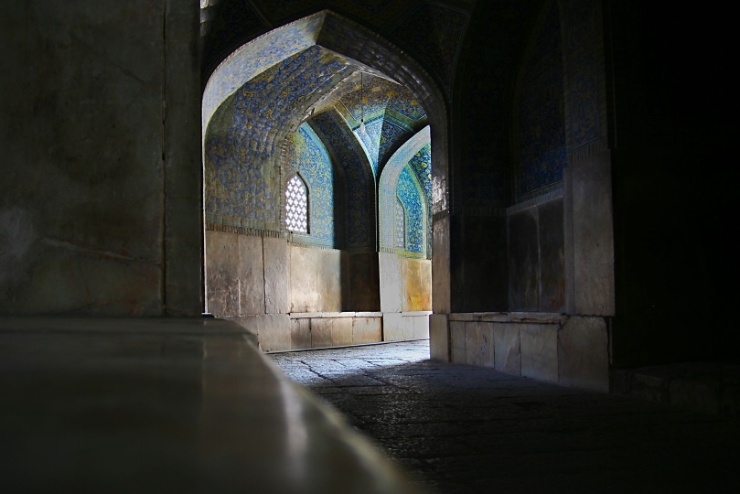
While the largest, most famous and most beautiful mosques are almost always full of tourists, even in the center of Isfahan there are many quiet places.
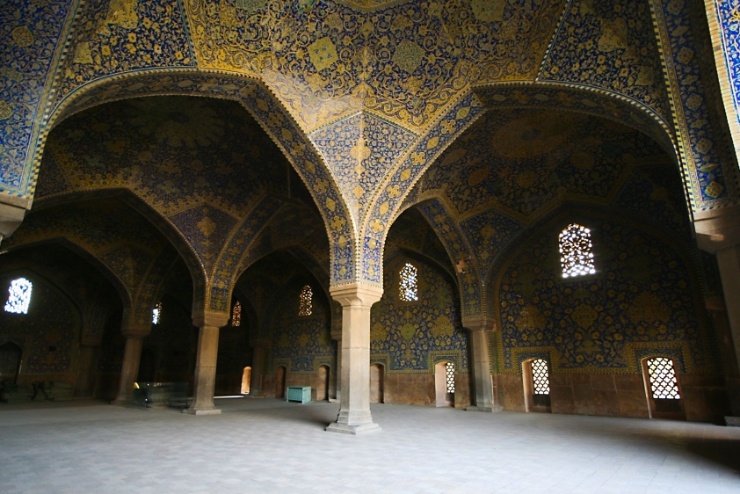
Interior view of the winter mosque, built as a typical hypostyle mosque. Shah (Imman) mosque, Isfahan.
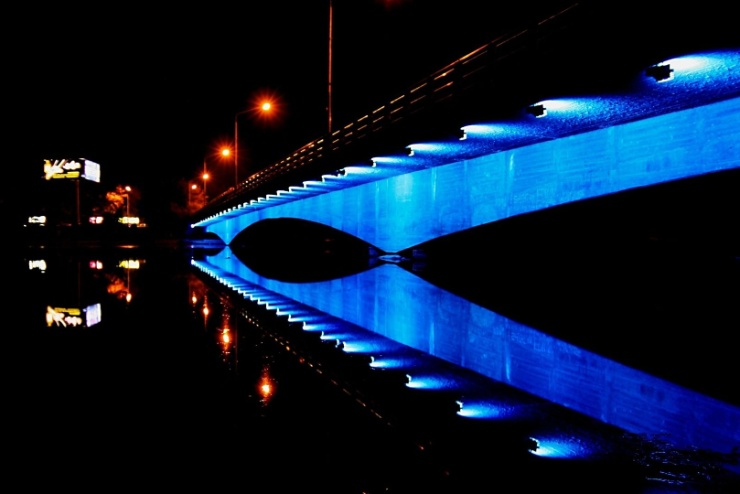
In Isfahan, there are not only old bridges, but also new ones, more or less following the rich history of its predecessors.
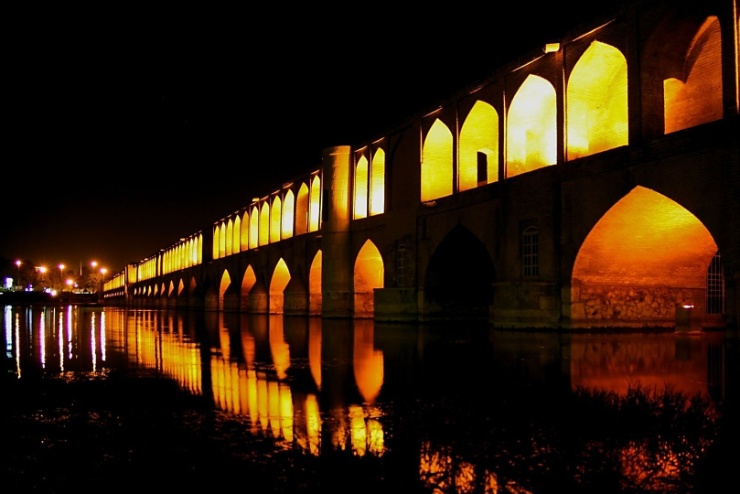
The city's most famous bridge, Si-o Seh Pol aka Bridge of 33 Arches. The bridge was built between 1599 and 1602.

The bridge was built to serve as both a bridge and a dam. It is a popular recreational gathering place, and is one of the most famous examples of Iran's Safavid architecture.
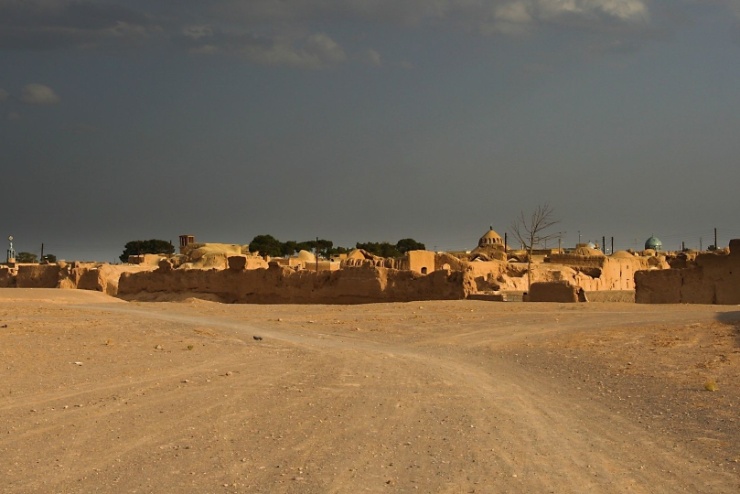
Well regarded for its hospitable people, handicrafts, and ancient qanats (manmade subterranean aqueducts that brings water from the mountains), Na’in dates back to nearly 2000 years, which makes it one of the oldest continuously settled towns in the Iranian plateau.

Na’in lies 170 km north of Yazd and 140 km east of Isfahan surrounded by typical iranian semidesert.
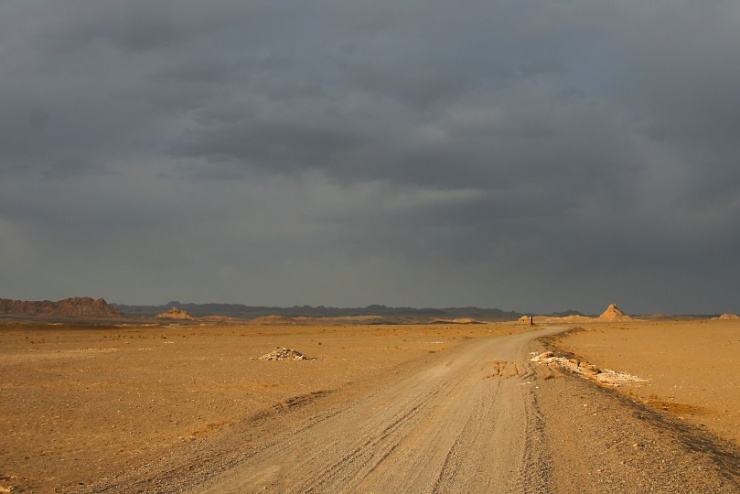
Like much of the Iranian plateau, Nain has a desert climate, with a maximum temperature of 41 °C in summer, and a minimum of -9 °C in winter.

An ab anbar (literally "water reservoir") is a traditional reservoir or cistern of drinking water in Greater Iran in antiquity.
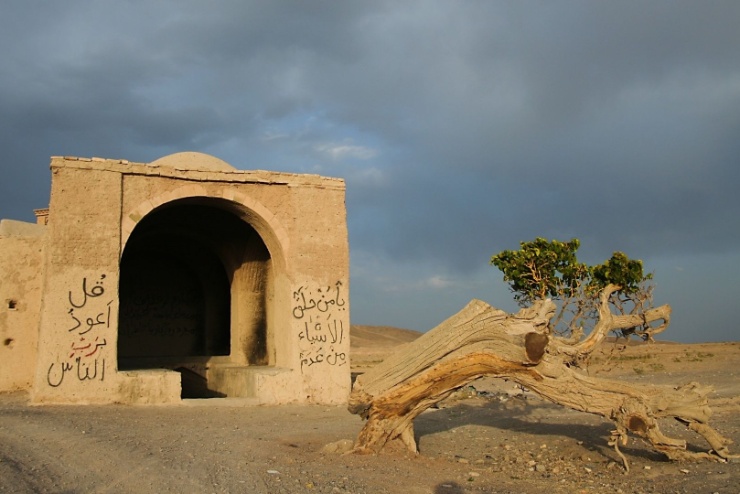
Some ab anbars had storage space tanks that were rectangular in design as opposed to cylindrical designs everywhere in Yazd.

More than 3,000 years ago the Persians learned how to construct aqueducts underground to bring water from the mountains to the plains. In the 1960s this ancient system provided more than 70 percent of the water used in Iran and Na’in is one of the best places in all the world to see these qanats functioning.
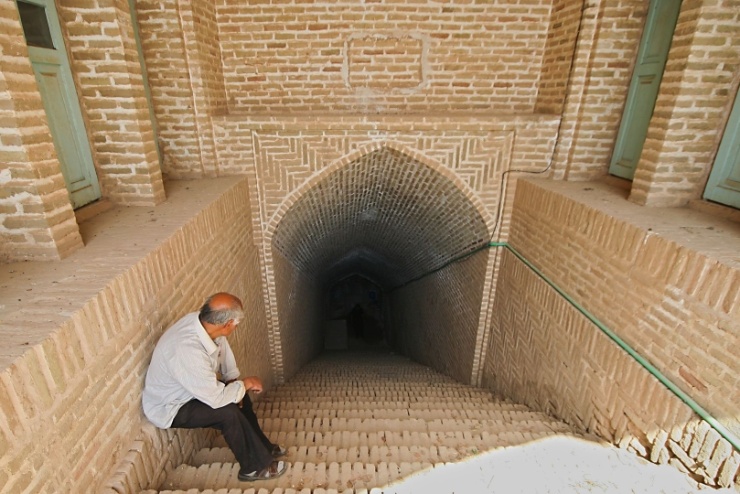
The person responsible for filling the ab anbars (both private and public) was called a meerab. In effect, he was responsible for distributing the kariz network at various times.

If a house wanted its ab anbar filled, they would ask the meerab to open up the kariz to their ab anbar. An overnight appointment would be enough to fill a typical house ab anbar. The ab anbar would also have to be cleaned once a year from settled sediments.
